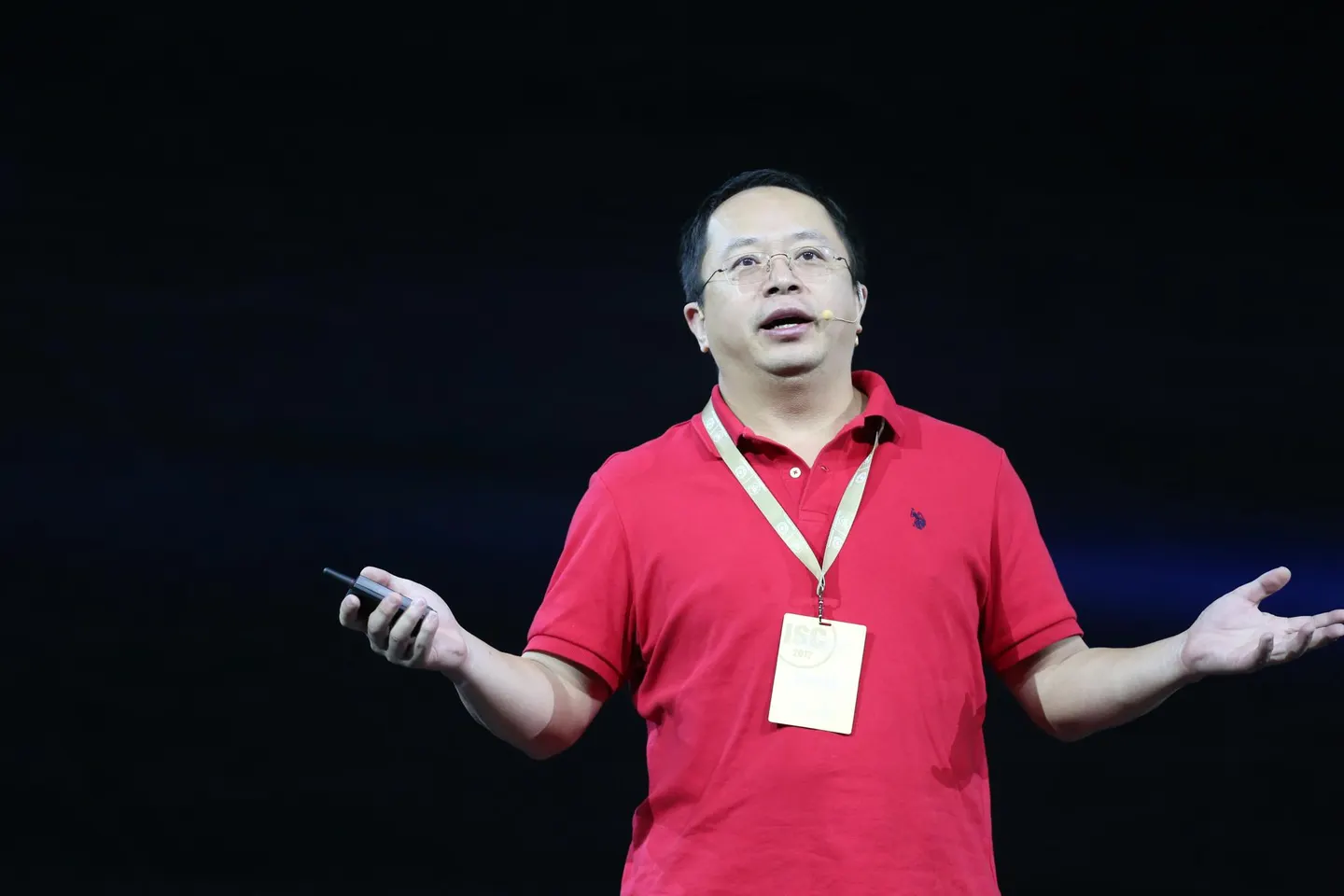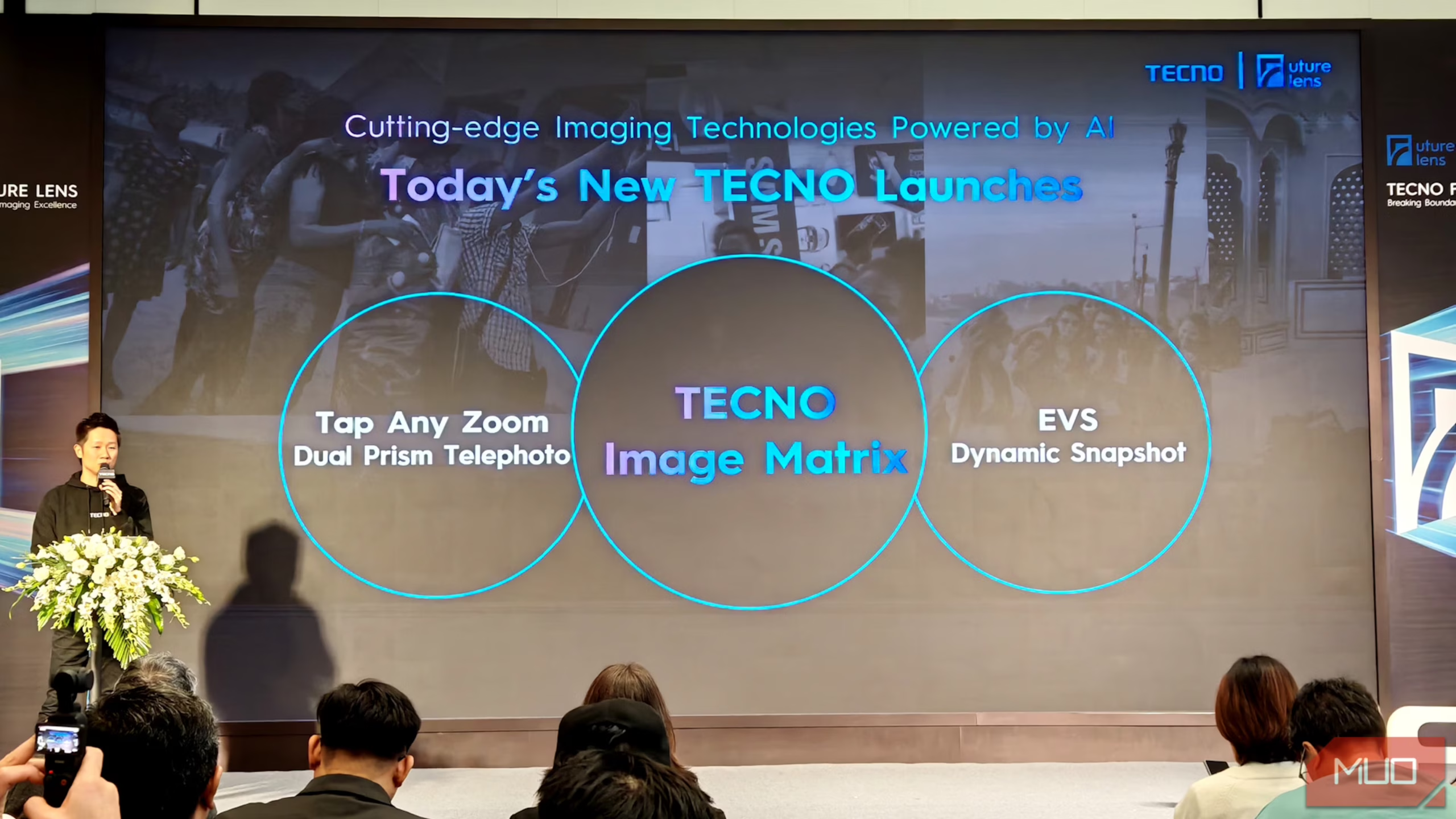Tan Son Nhat T3 terminal launch marks Vietnam’s infrastructure leap
Tan Son Nhat International Airport has officially launched its long-anticipated Terminal 3 (T3). This major upgrade aims to ease congestion and improve domestic travel across Vietnam. As Ho Chi Minh City’s air hub reaches its capacity limits, the T3 terminal signals a bold step in Vietnam’s push to modernize transport infrastructure and position itself as a strategic gateway in Southeast Asia.
Background: Vietnam’s busiest airport under strain
Originally designed to handle 25 million passengers annually, Tan Son Nhat has been operating far beyond that limit. In recent years, it served more than 40 million passengers, placing enormous pressure on terminals, runways, and logistics systems. This strain has only grown as Vietnam’s travel and trade volumes surged after the pandemic.
To address this, the government prioritized airport expansion under its national infrastructure master plan. T3 is the airport’s first major upgrade in more than a decade. It arrives just in time for an expected boom in both domestic and regional air travel.
Strategic moves: More space, faster travel, greener design
Terminal 3 is dedicated to domestic flights and increases the airport’s annual capacity by 20 million passengers. Key features include:
A 112,500-square-meter footprint
Modern check-in and security systems
Automated baggage handling
Energy-efficient, climate-smart architecture
Built at a cost of VND 11 trillion (USD 430 million), T3 is expected to relieve pressure on international terminals. It will also help improve flight schedules and reduce passenger wait times. Vietnam Airlines and VietJet have already started operations from the new terminal.
The project was developed through a public-private partnership, led by the Airports Corporation of Vietnam (ACV). This reflects a growing trend of private capital shaping Vietnam’s critical infrastructure.
Editorial insight: A national brand uplift through mobility
T3 is more than just an infrastructure project. It’s a clear expression of Vietnam’s regional ambition. In today’s competitive environment, airport infrastructure serves both functional and symbolic roles.
By investing in a world-class domestic terminal, Vietnam is signaling to investors, tourists, and neighboring countries that it is ready for business, open to travel, and committed to leadership in Asia’s emerging economy.
For Ho Chi Minh City, T3 strengthens its role as a national connectivity anchor. It links global capitals to local provinces, expanding access to growth opportunities and turning mobility into a driver of national development.
Future outlook: Air connectivity and economic acceleration
Terminal 3 is just one component of Vietnam’s broader aviation strategy. Projects like Long Thanh International Airport, currently under construction, show the government’s vision for an air network that can serve 150 million passengers annually by 2030.
This new infrastructure will drive growth across sectors such as:
Tourism, as global arrivals rebound
Retail and real estate, with more traffic and transit zones
Logistics, enabling cross-border e-commerce
Smart urban planning, where airports evolve into lifestyle destinations
As ASEAN travel rebounds and Vietnam’s digital economy accelerates, terminals like T3 will likely become economic engines—supporting everything from fintech to food and beverage innovation.
Conclusion: The runway to Vietnam’s next chapter
The opening of Tan Son Nhat Terminal 3 is more than an airport upgrade. It represents a turning point in Vietnam’s economic, cultural, and logistical growth. With continued investment in infrastructure and stronger regional ties, Vietnam is poised to become a key player in Asia’s mobility future—and T3 is helping lead the way.















